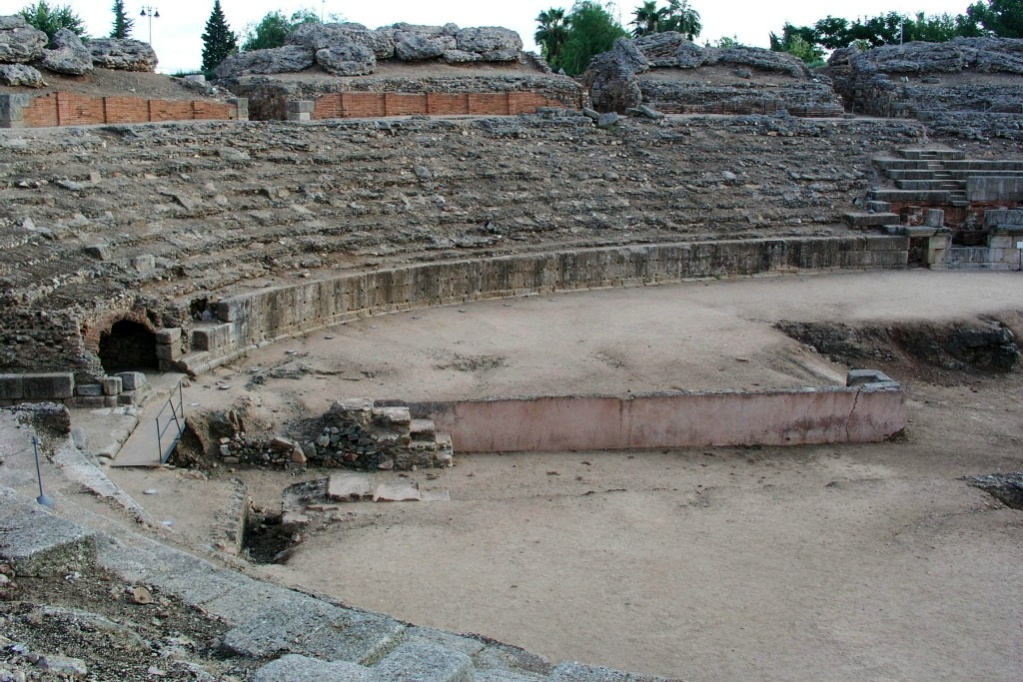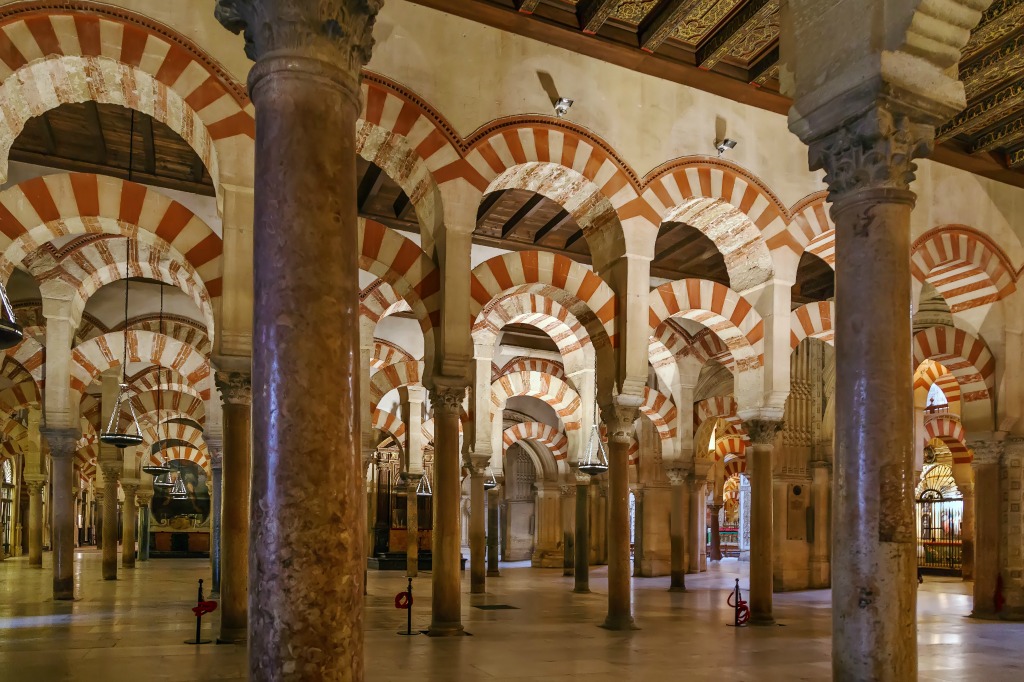SPAIN
A two-week road trip through Northern Spain takes us from the Pyrenees to remote mountain villages. Along the way, we explore medieval towns, enjoy delicious local cuisine, and discover hidden gems. From charming cafés to scenic drives, it’s a journey filled with great food, quiet beauty, and unexpected surprises.
Two Weeks in Lovely Northern Spain
With two spare weeks burning a hole in our calendar and a craving for Spanish food tugging at our tastebuds, we hopped in the car and headed south in search of sunshine, tapas, and perhaps a little adventure.
Our first stop wasn’t exactly a highlight—just a roadside hotel in Foix, chosen purely to break the journey. The hotel itself was fine, in a “France is doing it tough right now” kind of way. We bravely ate at the hotel restaurant, which turned out to be a culinary low point I’ll not soon forget. I’ve had bad meals in France before, but this one was so bad it made me nostalgic for airline food.
The next morning, we hit the road early, winding our way through the Pyrenees. The drive was breathtaking—bubbling streams, craggy peaks, all the usual postcard stuff. But the French villages we passed? Less charming hamlets, more abandoned film sets. Boarded-up buildings, broken windows, graffiti everywhere. It was like France had gone on an extended coffee break and forgotten to come back.
But then—Spain. We crossed the border mid-morning and immediately felt the change. Suddenly, there was life! People! Movement! Voices! Puigcerdà was bustling. We stopped at a local café, crammed ourselves into a corner alongside half the town’s population, and enjoyed a proper coffee and pastry. It was like someone turned the lights back on.
Re-energised, we continued on to La Seu d’Urgell, a town we’d visited many moons ago and only vaguely remembered. Spoiler: our memories didn’t do it justice. La Seu is a charming medieval town tucked in at the base of the Pyrenees, not far from Andorra, and it immediately won us over.
We arrived around lunchtime, parked on the edge of town, and wandered in. Our Airbnb wasn’t ready yet, so we grabbed a quick bite and waited for the host’s go-ahead. When we finally got the check-in code… it didn’t work. Classic. After several rounds of back-and-forth with a host who seemed convinced we were the problem, a helpful neighbour confirmed we were, in fact, not incompetent. The code was wrong. Vindicated and victorious, we finally got into the apartment—a tiny but charming place in the heart of the old town.
Over the next few days, we explored La Seu. We strolled its ancient streets, checked out the old Olympic water park (where local kids were gleefully flinging themselves down rapids), browsed the fabulous market, and ate our way through town. A short drive took us to Restaurant La Quera, where for a mere €17 we were treated to gazpacho, slow-cooked veal, a rustic torta, wine, and coffee. Honestly, we felt like we were stealing.
But our favourite? La Mina. We loved it so much we ate there three times—paella, cod, lamb, and local wine. It was perfection. The kind of food that makes you question all your past dining decisions.
One quirky note: the dominant language in the region is Catalan, which sounds like Spanish, French, and possibly Klingon got tossed into a blender. It’s beautiful, confusing, and entirely indecipherable.
We enjoyed La Seu so much that we upgraded to a larger apartment a few blocks away. This one was on the fifth floor with sweeping rooftop views of the mountains—a serious glow-up from our starter flat.
Eventually, it was time to hit the road again, this time bound for Naval, about two hours away. Somewhere along the drive, we pulled into a random car park to stretch our legs—only to realize we’d parked directly in front of a restaurant. Clearly, fate wanted us to eat. And wow, did we score again: a €14 lunch menu featuring salad, beef stew, dessert, water, coffee, and wine. (We skipped the wine—yes, we had to drive, unfortunately.)
This meal sparked a nostalgic thought: once upon a time, you could find little gems like this all over France. Now? They seem to have disappeared, replaced by generic fast-food joints serving limp burgers and fries that taste like they’ve given up on life.
Eventually, we rolled into Naval, a tiny mountain village in the middle of what felt like nowhere. We knew it would be remote—we just didn’t realise it would be this remote. But it was a gem: tidy, quiet, and dotted with a bar, bakery, and deli. Locals gathered in the cool evenings to gossip and sip drinks at the bar. It felt like stepping into a slower, better-paced world.
Our apartment in Naval was delightful—thoughtfully decorated and well-equipped. We spent our days on hobbies (writing for me, programming for AP), and our evenings sipping frosty beers in the square, soaking up the village rhythm.
Five peaceful days later, our time in Spain drew to a close. With slightly heavier suitcases (and stomachs), we headed back to France—back to the chaos and crowds of our busy tourist town, already dreaming of the next Spanish adventure.



